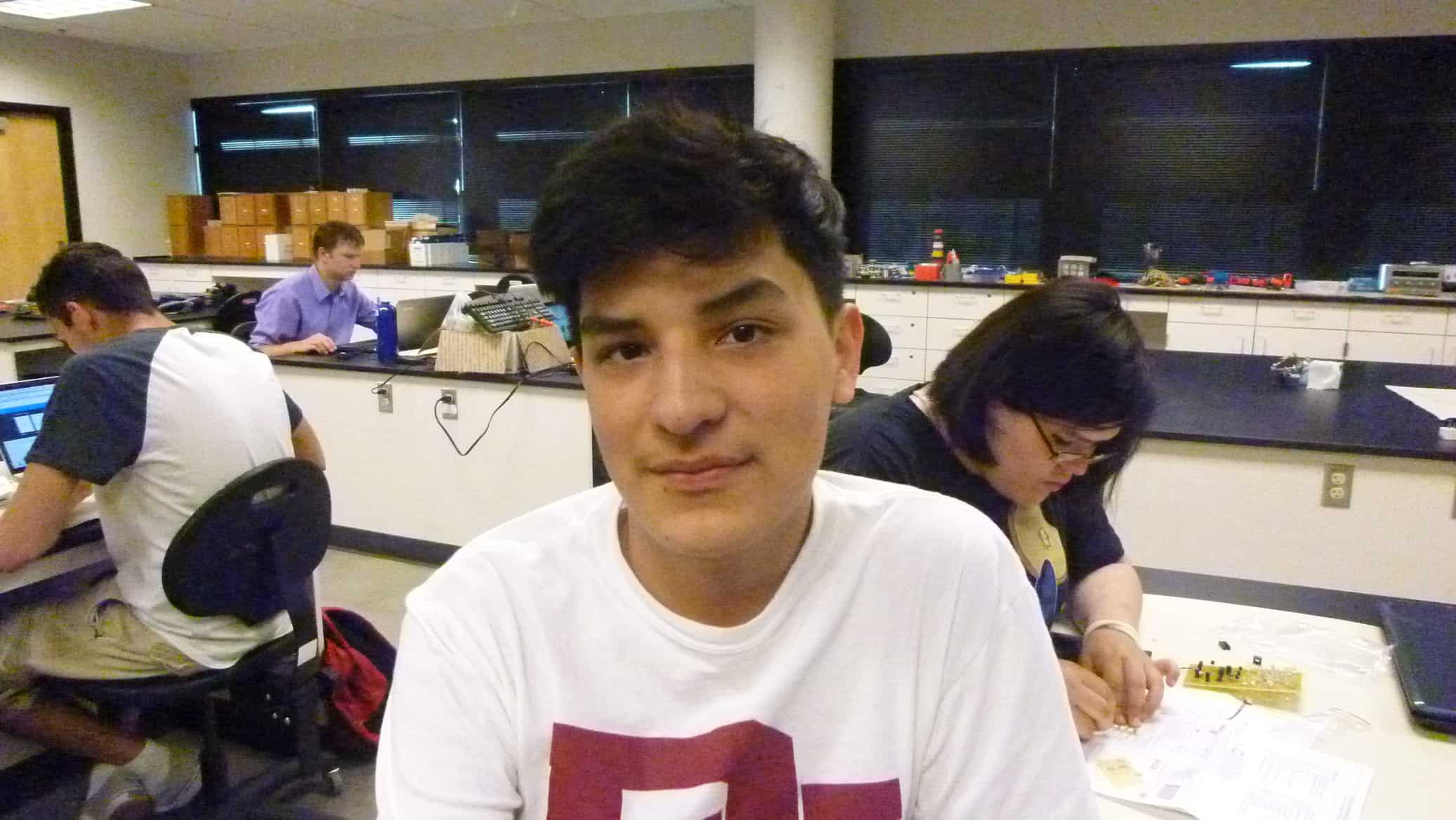Hey, I am Axel S, a rising junior at KIPP: Denver Collegiate High School. This summer I will create a Mini POV3 because it involves programming, which is an important aspect of engineering, and a Farm Watering System because it is something that applies well to the real world. The Mini POV3 will create a pattern when the device is swung around horizontally. It uses a micro-controller to program the LEDs to display the pattern. On the other hand, the farm will be able to detect the temperature of the day and the moisture of the soil. When it detects that the temperature of the day was hot and the moisture is dry, it will water itself. The system detects the temperature and moisture using multiple sensors. The farm was based on a Vertical Hydroponic Farm project from Hackster but is very different from the system that I created.

At the end of the day, I was very satisfied with the outcome of both projects. The Mini POV3 functioned well and displayed the pattern of the star very successfully. I have learned how a simple system works with the circuit, resistors, batteries, controller, and LEDs.

The Farm Watering System is successful and functions properly. It uses the sensors and the clock to water the plant whenever it needs to be. The plant will be kept well and happy at all times. This project could be used in multiple ways, such as prevent over-watering in areas with constrained water supply such as California. This technology should be used to preserve water and not waste the limited water that we have. I have learned how engineers use multiple components to work together to create a project with multiple functions.
Documentation
Mini POV3, Vertical Hydroponic Farm, Temperature/Humidity Sensor, Moisture Sensor, Real Time Clock.
Schematic
Bill of Materials
Final Video
The Farm Watering System is up and running! Although, the temperature/humidity sensor was burned, everything else functions properly. The real time clock tells the time, so when it is 8pm – 8am, the system will check the moisture of the plant and water it. The plant is watered in the evening and morning so the water does not evaporate with the sun. If the time is right and the soil is dry, then the relay module will allow current to flow from the power supply to power the pump. Once the pump is on, water will flow through the tube into the plant until the soil reaches the perfect moisture.
Second Milestone
For my second milestone, I installed the relay module, a pump, and a power supply. The power supply gives the system current to work. The current is controlled with the relay module which turns on and off the system. This way, the plant is only watered during specific conditions. The pump is powered and allows the current of water to flow to the plant. I struggled with the power supply because it delivered too much current to the system and began to burn wires.
First Milestone
In my first milestone, I demonstrate the functioning fundamental parts of my project, the Self-Nursing Farm System. The system is able to detect the temperature, humidity, moisture, and time of the plant’s environment. The system currently has a Temperature/Humidity Sensor, Moisture Sensor, and a Real Time Clock. In order to get the system to work, I installed the sensors into the Arduino board and copied the code from online sources. Each sensor worked independently, but I had to put the code from the three sensors together. On the way, I was troubled by different code language and commands.
Starter Project
For my starter project, I created a Mini POV3, which is a device that flashes light to create a pattern when it is swung. The device includes both software and hardware components. The hardware components include the printed circuit board, resistors, batteries, and LEDs. While, the software includes the micro-controller and the serial port to program the LED to form a pattern.



